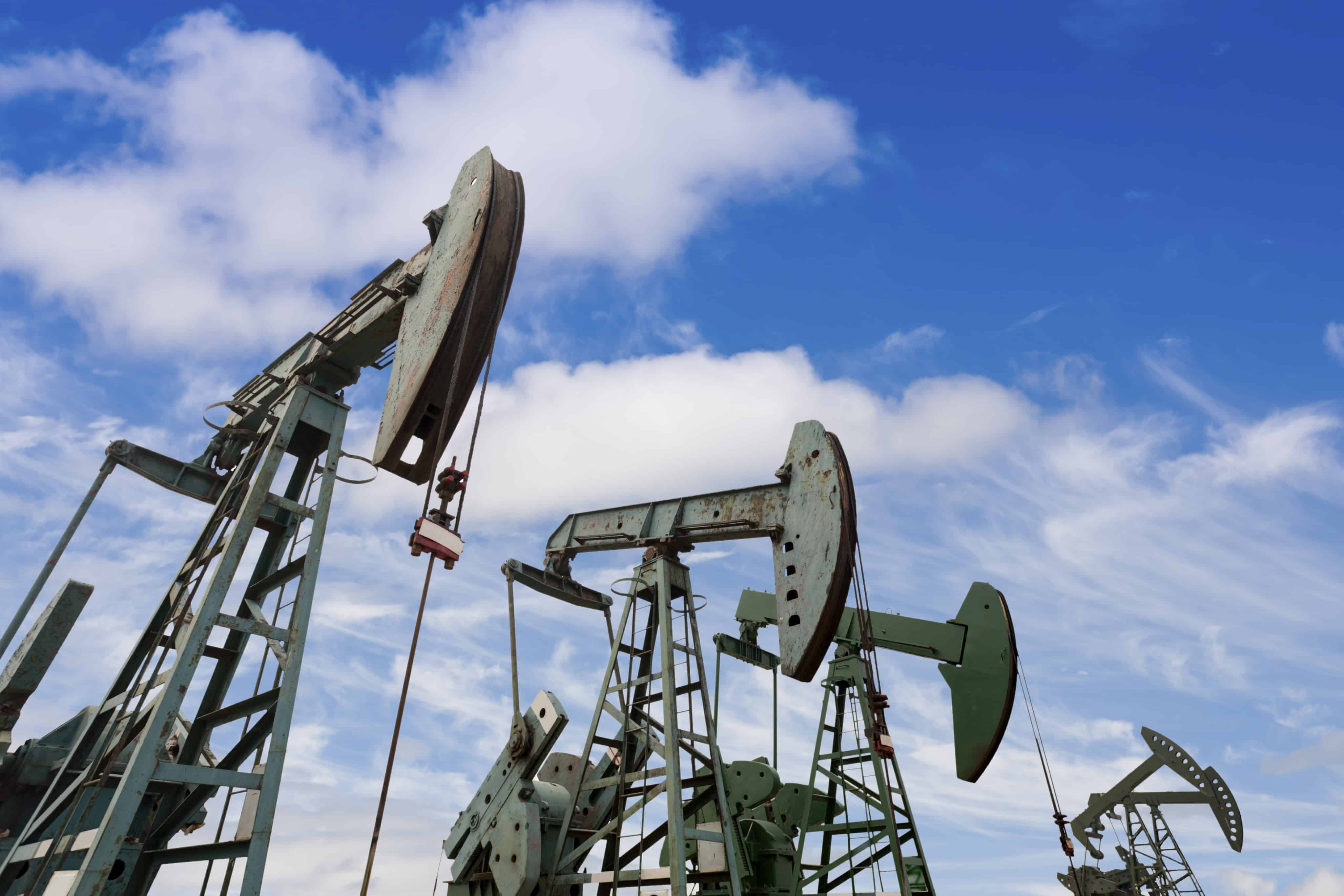After maintaining record output in the face of falling prices, the market has finally seen a meaningful reduction in North American oil production. That’s helped prices hit US$50 a barrel in recent weeks.
However, outside the United States, oil production has remained strong. This summer, both Saudi Arabia and Russia posted all-time highs in production (10.5 mbpd each).
Investors sensed relief earlier this month when Russia and Saudi Arabia announced a strategic energy partnership to help stabilize oil markets. Future production freezes by these two major players would likely help limit a consistently oversupplied market.
Not so fast
Distancing itself from its peers, Iran has refused to curb output. In February we saw Iran reset its production to pre-sanction levels (two mbpd to four mbpd). Even with production rising considerably after sanctions were lifted, The National Iranian Oil Company recently stated that it would further increase output.
“And as everyone knows in the market, we are soon going to introduce new crude oil to the market by the end of the year (that means increasing output), by at least 300,000 barrels a day so it means that we can match (our pre-sanction) production in two or three months,” said its director for international affairs.
Iran pressures are just one of many
According to Steve Williams, CEO of Suncor Energy Inc., oil markets will remain volatile and difficult to predict.
He listed “uncertain growth in demand” as one of the major drivers behind this uncertainty–and for good reason. The IEA recently released a report outlining an unexpected trend: demand growth hasn’t kept up its historical pace. While growth was expected to ease over the next few decades, it’s now slowing at a pace faster than previously thought.
The supply side, which is threatened by Iran’s continued output, will also see pressures from project restarts in North American shale plays.
According to a report by the Bloomberg Intelligence, nearly half of the wells located in the Permian Basin and Eagle Ford can remain profitable even if crude prices fall below US$30 a barrel. A whopping 85% can maintain profitability with prices at US$50 or below.
There are just too many headwinds to believe oil will maintain a rally above US$50 a barrel anytime soon.
How should you invest?
If you’re invested in energy, choose companies that can grow earnings even if headline oil prices remain weak.
For example, Husky Energy Inc. (TSX:HSE) just settled a contract dispute with CNOOC Ltd. (NYSE:CEO) and is looking to grow substantially over the next year or two. Even at US$50 crude, management anticipates generating $800 million in annual free cash flow. With a market cap of just $15.1 billion, that would be a sizable amount.
Husky Energy allows you to gain access to the oil space without necessarily betting on a major rebound.







